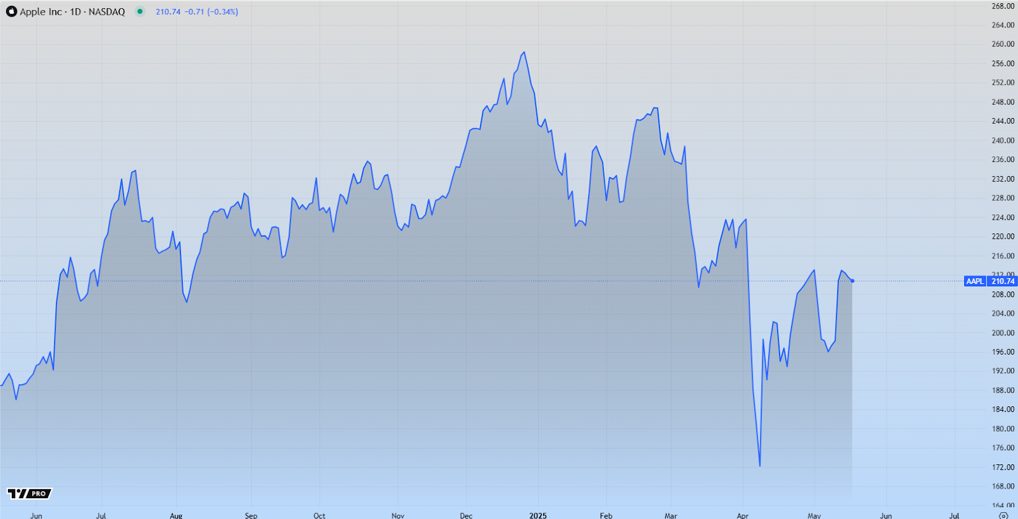Are you trying to learn about the benefits of learning to code? Do you want an easy way to find and edit your mistakes? You should use regex.
But what is regex? It’s a tool to help you search for certain parts of code quickly. It’s great for beginners and experienced coders.
Keep reading to learn more about it.

Regex Overview
Regex, or regular expression, is a syntax you can use when coding in JavaScript. It can be very helpful for finding matching sets within multiple lines of code.
You can use a regex expression to use encoded text strings to search for those sets. Then, you can edit the code or do whatever you need to do with the information without having to read each line individually.
A regex will highlight the text based on the syntax you use, making it easy to find what you need. It’s useful for beginner and experienced coders.
Regex Terminology
When using regex, you should consider the common terms you need to use and understand. First, you have a pattern, which refers to a regular expression pattern.
A string is a test string you use to match the pattern in question. Of course, digits refer to the numbers 0 through 9, and the letters are a-z or A-Z. Capital letters are different in regex.
You can also use symbols, which are characters on your computer keyboard that aren’t digits or letters, such as !, ?, (, and ). Spaces can mean a single space or a tab. Lastly, you have characters, which can mean digits, letters, or symbols.
Use Cases
Aside from asking, what is regex, you may be wondering when you use it. Regex has multiple use cases, which means you can use it in different scenarios when coding.
The first use case is if you want to replace a piece of code. You can use regex as a type of search and replace so that you can quickly edit what you’re working on.
Another use case is for web scraping to extract data from the code. Regex is also helpful for form input validation before you send it to a server. Lastly, you can use regex to help filter for information to ensure your code is accurate.
Using the Global Flag
When you first use regex, you may find that it only returns one result. But if you want to find multiple instances of the same word, you can use the global flag.
The flag allows you to find any instance of a particular word or phrase in your code. Then, you can change all instances or just find them for your information.
You will note the flag with a g and behind a set of slashes on either side of the word. For example, you could use the flag as /bat/g to render all instances of the word “bat.”
Enabling the Insensitive Flag
Another way you can adjust regex to help you is to use the insensitive flag. If you capitalize some instances of a word but not others, this flag will show you both of the ways the word shows up.
For example, you can write it as /bat/i to find both “bat” and “Bat” within the code. Then, it doesn’t matter how you capitalize the words you need to find.
You can also use this flag with the global flag to find all instances of a word, capital or not. Sticking with the bat example, that would look like /bat/gi.
Creating Character Sets
Perhaps you want to find the words bat, hat, and pat. You can create a character set to find all of them in one search. It doesn’t matter if the words occur next to each other or not.
To do this, you would need to write [bhp]at in your regex code. If you wrote bat, hat, pat, it would only find the times that the words occur as a string.
And unless you know that’s how they occur, you probably want to avoid that. Using character sets can help you find multiple words in different positions.
Using Ranges
Maybe you want to also find words like cat, fat, mat, rat, sat, and vat. In that case, you can use a range to find all words with “at” but with different initial letters.
You can use a range such as [a-z]at to find all instances of lowercase words ending with “at.” Other options include partial ranges, such as [a-m], or a digit range, like [0-9].
Mixed ranges also let you combine different types of ranges, such as digits and letters. However, in all of these ranges, it will only account for one letter in the code. So it won’t work with words like “that” or “slat.”
Search for Repeating Characters

If you want to find strings of the same character, you can use regex code. You can write something like b to find all instances of “bbbb.” The code o will find all sets of “oo.”
You can also use ranges with this search to find all three-letter words. Write [a-z] to do this. And if you want to find words with three or more letters, you can write the code [a-z].
This helps find phone numbers because you can also search with digits. You can use the code [0-9] to find any 10-digit telephone number in the US.
How to Start and End Patterns
When using regex to code, you should also know how to start and end patterns. To start a pattern, you need to use the symbol ^ so that the program knows what you’re doing.
And you’ll use the symbol $ when you’re ready to end a pattern. Starting and ending patterns can help if you want to search for multiple patterns at once.
That way, you can save time and get more work done when coding.
What Is Regex?
Regex is a type of code you can use to help find and edit existing code. It’s an easy tool that can help you if you’re still deciding why you should learn to code and want to know, what is regex?
Having a tool to find words or phrases can shorten the time it takes to edit or change things. Then, you can write more code and be more productive.
Did you enjoy this article? Check out our development section for more!







